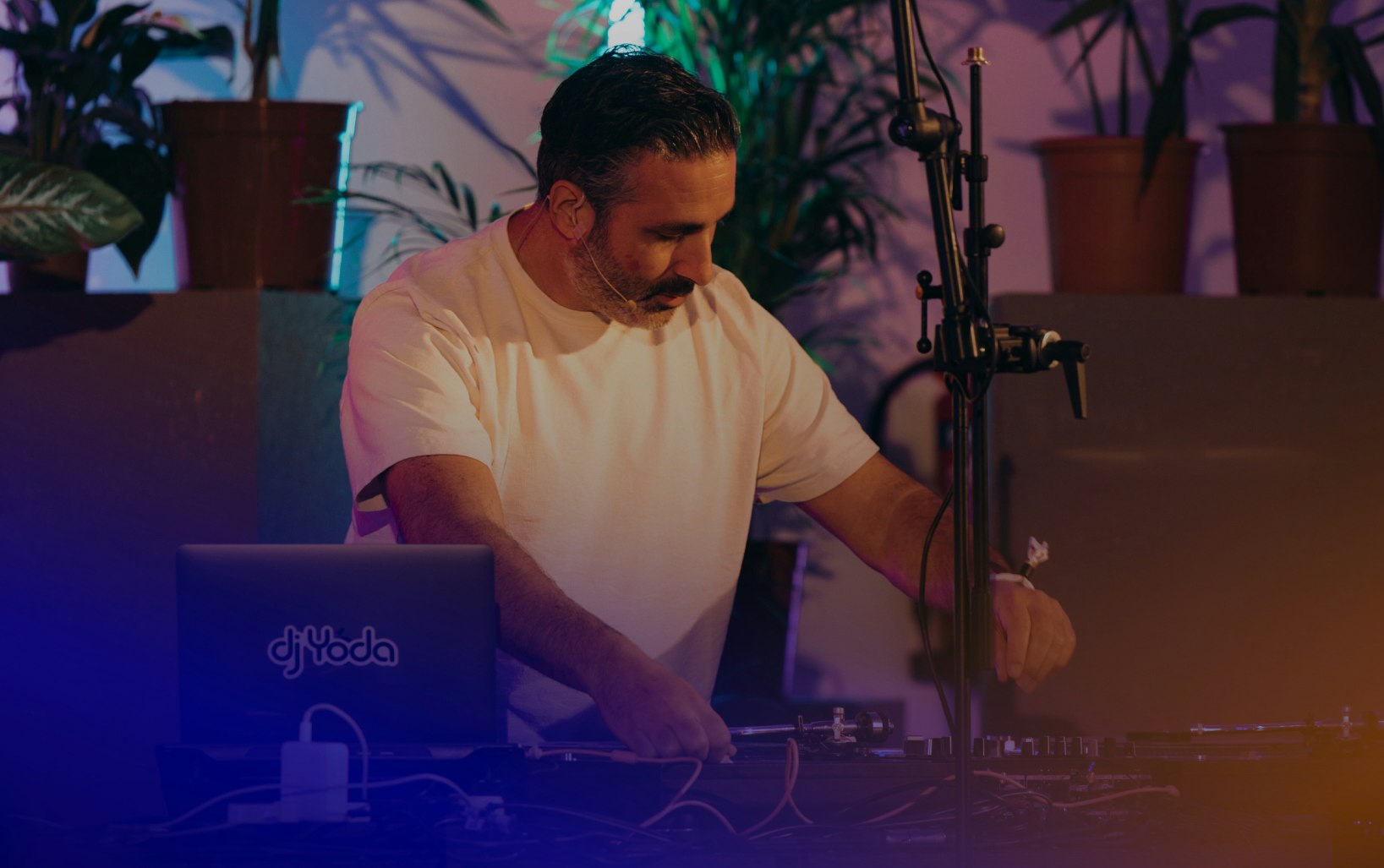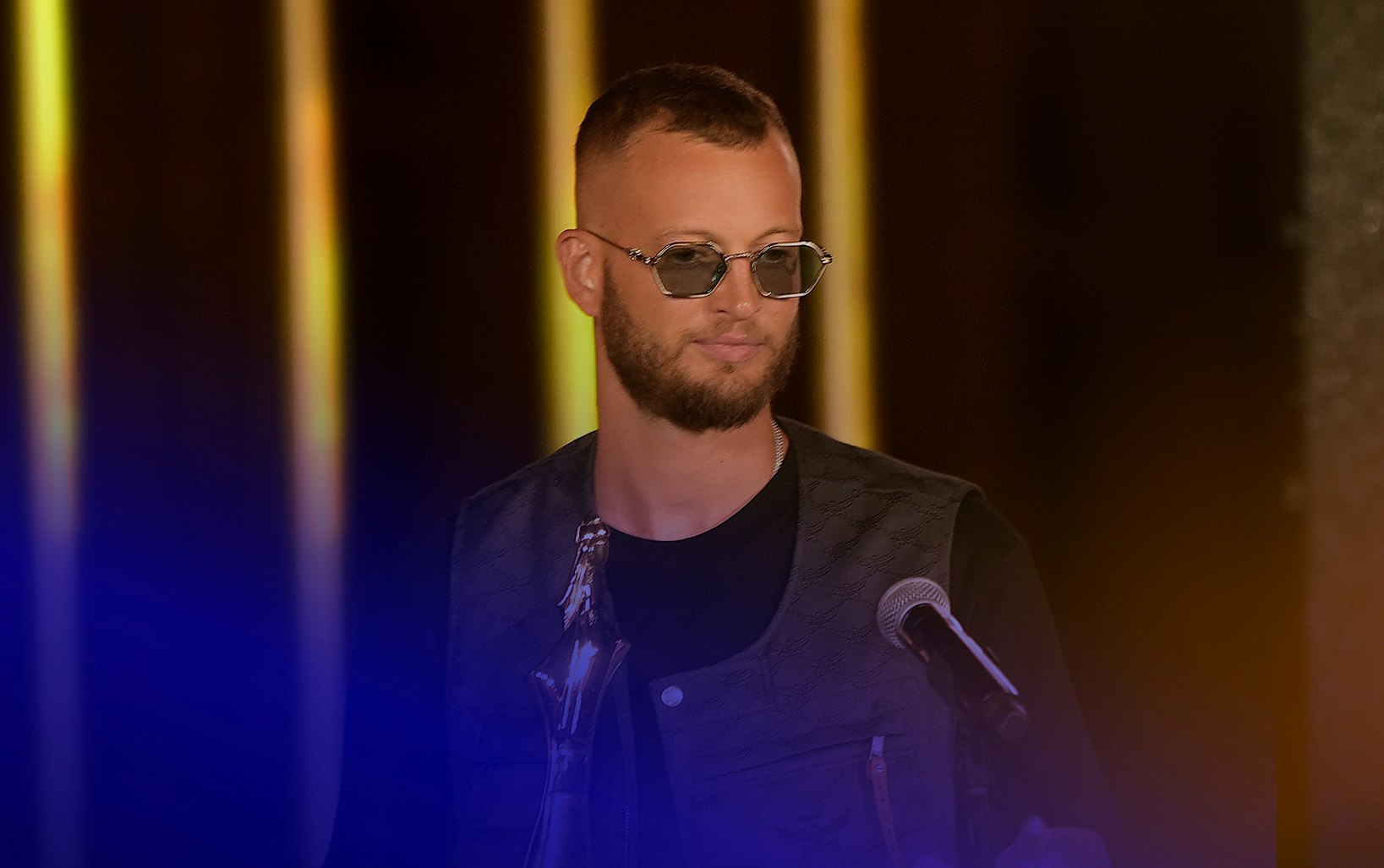

The Language of Drumming: Exploring the Power of Rhythms and Beats
By MDLBEAST
January 10 2024
The Language of Drumming: Exploring the Power of Rhythms and Beats
By MDLBEAST
January 10 2024
In our previous article about the different types of drums, we explored the rich world of these percussion instruments. Today, we explore rhythms and beats as the universal language of drumming, which has withstood the test of time.
Read on through our exploration of the language of drums, to understand the powerful cultural and symbolic connection through music, which echoes the intricate relationship between music and science.
Drumming Patterns: A Science of Intuition
Drumming patterns, which are built on rhythmic complexities and the structuring of beats, encapsulate a science deeply entwined with our own intuition.
Beyond technical precision and learned drumming techniques, there exists an intuitive understanding and innate universal response to the rhythm that drummers have developed over time.
Drumming skills throughout time have evolved as a fusion of muscle memory, instinctual response, and a visceral connection to the instrument.
The language of drumming first evolved from the need to relay stories and messages, and make announcements across, and within, cultures.
Drums were used in the context of war to represent both victory and defeat. This attests to the strong intrinsic connection and response we have to music as a species.
The Dance of Rhythm, Science, Music, and Culture
Music, being a universal art form, develops globally and nationally, to reflect the sound of an era, as well as that of a specific culture.
The art of drumming continues to be reinterpreted and evolved by new drummers in a way that pays homage to the origins of this instrument, while taking into account the personal and cultural interpretations of the artists.
As previously mentioned, there’s a neuroscience behind how we perceive and emotionally resonate with rhythm. This field of research reveals how drumming engages the brain and unifies us in its ability to captivate and put us in a synchronized trance-like state.
We’ve spoken about how music triggers a shared, physiological response in us through dance, as well as DJ use techniques like beat-matching to keep crowds engaged and immersed.
Observing how the language of drumming evolves over time as a response to changing preferences in terms of rhythms and beats is important. It helps inform a cultural understanding of shifting and fixed musical trends.
Rhythmic Evolution: Drum Patterns Across Musical Eras
Throughout history, music preferences regarding the language of drumming have undergone transformations that reflect evolving tastes and cultural shifts.
The rhythms that resonate across crowds at concerts and festivals, and inspire universal emotion and movement, have built greatly upon the foundations of early drumming patterns as tribal beats and signals.
This movement was brought forward by the emergence of jazz in the early 20th century, which introduced innovative drumming techniques, with pioneers like Max Roach and Elvin Jones revolutionizing rhythmic improvisation.
Roach famously used the technique of polyrhythm, in which two or more beats that don’t seem to come from the same source are simultaneously brought together. Meanwhile, Jones' was known for his use of syncopation, which involved moving the accents in a rhythm so that strong beats become weak and weak beats become strong. These bold approaches to music experimentation revolutionized the language of drumming, paving the way for new rhythmic complexities.
More contemporary music preferences reflect the rise of technology, and the capabilities that artists have to build upon and experiment with intricate and diverse rhythms.
The popularization of electronic music in the late 20th and early 21st centuries further transformed drum patterns, with artists like Aphex Twin and Squarepusher embracing electronic alteration to experiment with unusual beats and complex rhythms, pushing the boundaries of sound.
Their ingenious approach to rhythm and response to the evolving technological landscape opened new realms of sonic exploration, influencing a generation of electronic music producers and giving birth to a new language of rhythm.
Meanwhile, genres like hip-hop (and its sub-genres) led by prominent experimental artists such as J Dilla and Questlove, showcased the creative use of drum machines. This adaptation to technological innovation inspired a revival in drum production and rhythmic storytelling, emphasizing the beat patterns that became central to the genre's identity.
Celebrating the Global and Cultural Language of Drumming
As festivals and concerts evolve as vital cultural hubs - bringing people together as a celebration of, and appreciation for, the global language of music.
Events like MDLBEAST’s Soundstorm Festival provide a space for emerging artists and DJs to nurture their skills by allowing them to share their craft with the world. They also provide a space for musical artists to connect with other industry creatives and key players, informing their personal responses to the immortal and ever-changing language of drumming.
Share this


